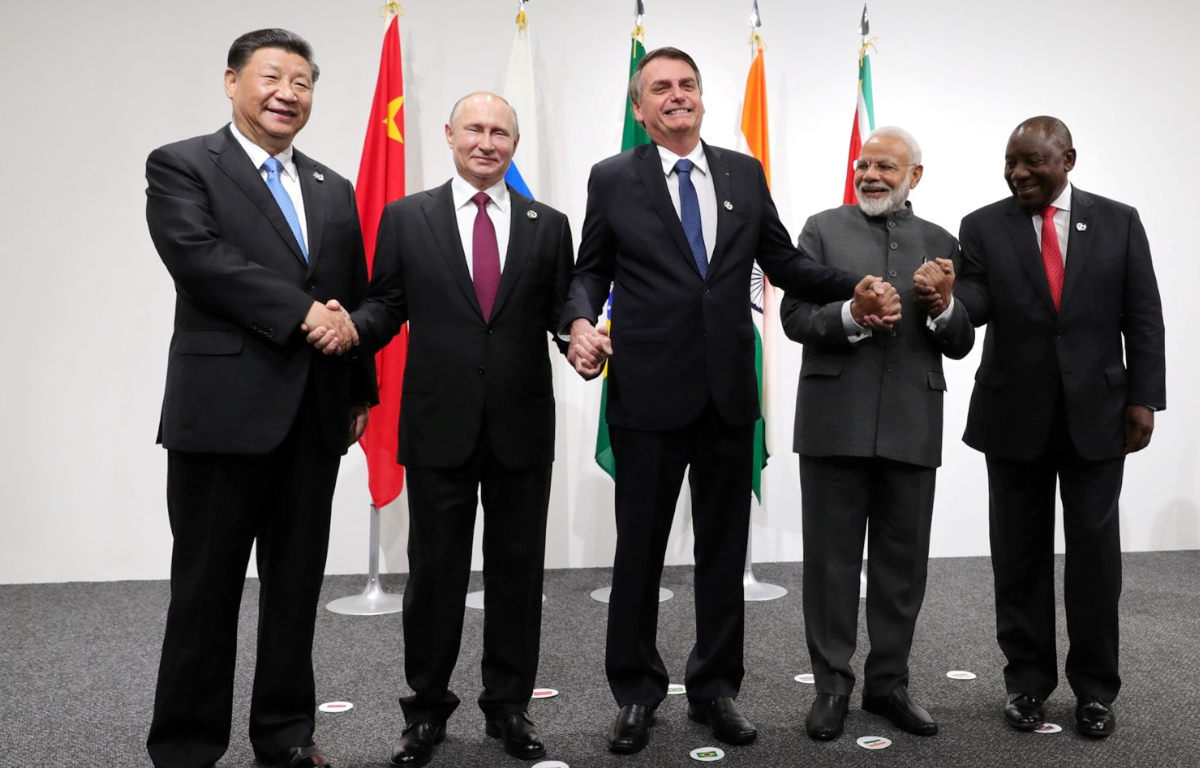
This incident underscores the ongoing geopolitical friction and military posturing in one of the world’s most contested maritime areas.
The South China Sea, a strategic waterway through which a significant portion of global trade passes, has been a hotspot of territorial disputes involving China and several Southeast Asian nations. The presence of Chinese military assets and the construction of artificial islands with military facilities have raised concerns among neighboring countries and international observers.
In this latest development, the actions of a Chinese spy plane prompted an immediate response from a US ally, which deployed fighter jets to intercept and monitor the intruding aircraft. Such incidents highlight the complex and delicate nature of military maneuvers in the region, where any miscalculation or miscommunication could lead to heightened tensions or even military confrontation.
The scramble of fighter jets against the Chinese spy plane reflects the ongoing efforts of US allies to assert their sovereignty and defend their interests in the face of China’s assertive behavior. It also underscores the role of military alliances and partnerships in maintaining regional stability and deterring potential aggressors.
Moreover, this incident is part of a broader pattern of increased military activities and maritime patrols in the South China Sea by both China and other regional actors. These actions contribute to a heightened atmosphere of militarization and strategic competition, raising concerns about the potential for incidents to spiral out of control.
The South China Sea disputes are not only about territorial claims but also about access to vital sea lanes, fishing grounds, and natural resources. The presence of competing military forces in the region has the potential to disrupt maritime trade and economic activities, impacting not only the countries directly involved but also the global economy.
Efforts to manage and de-escalate tensions in the South China Sea have been ongoing through diplomatic channels, including dialogues, negotiations, and multilateral mechanisms. However, the complex nature of the disputes and the geopolitical interests at play make finding lasting solutions a challenging endeavor.
As the situation in the South China Sea continues to evolve, incidents like the recent scramble of fighter jets against a Chinese spy plane serve as reminders of the volatile nature of regional security dynamics. Effective communication, confidence-building measures, and respect for international norms and agreements remain essential to prevent unintended conflicts and maintain stability in this strategically vital maritime area.










Share this: